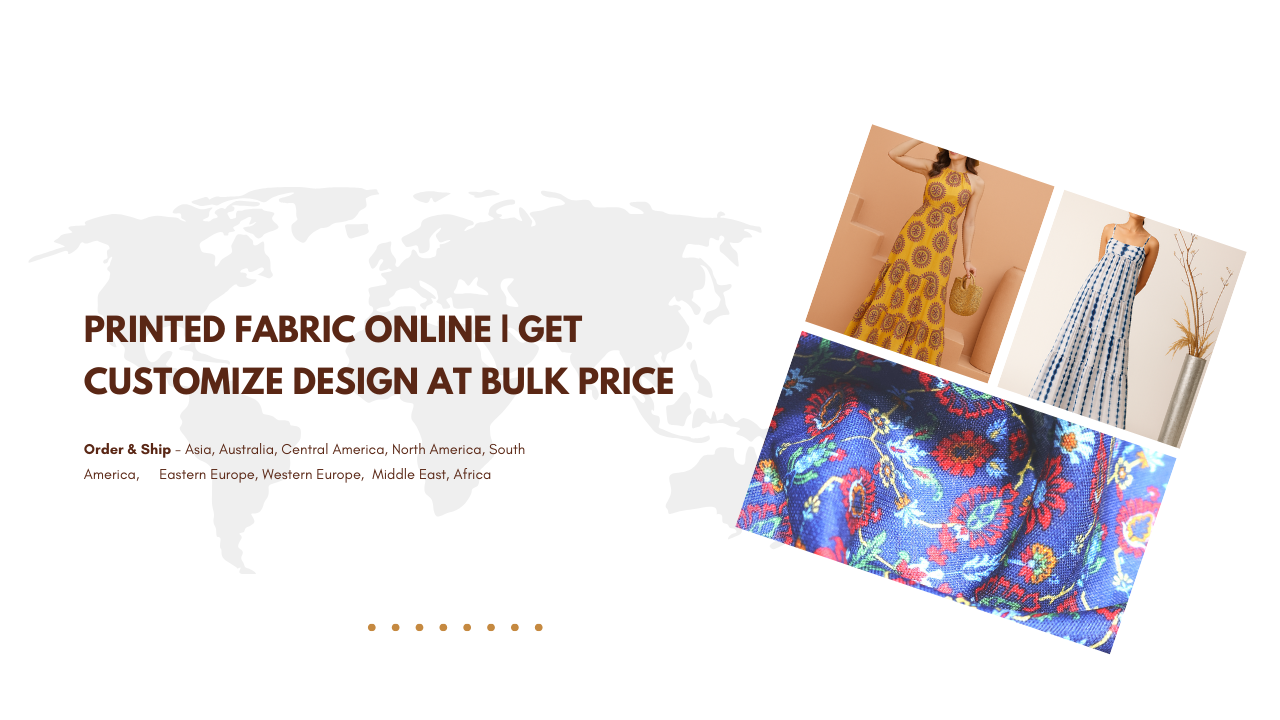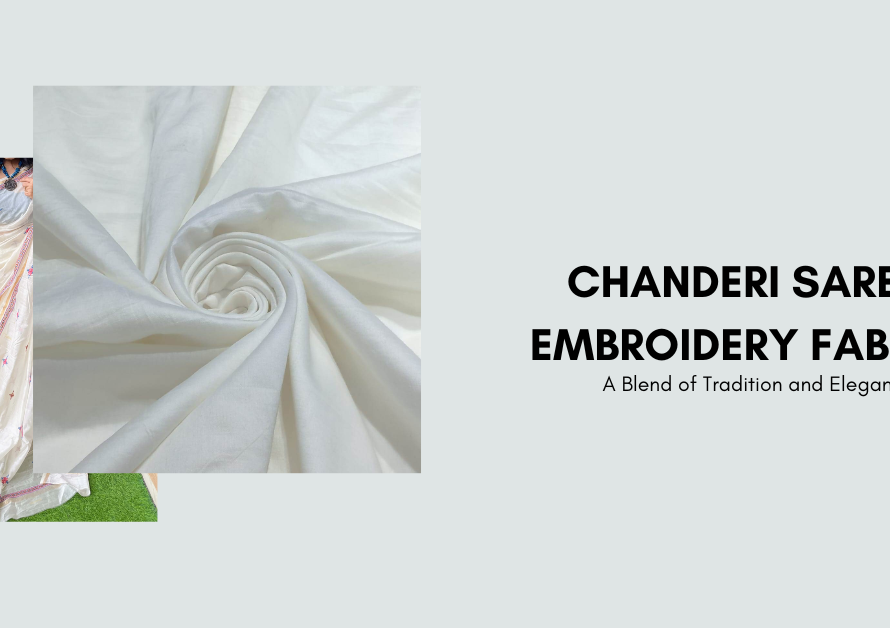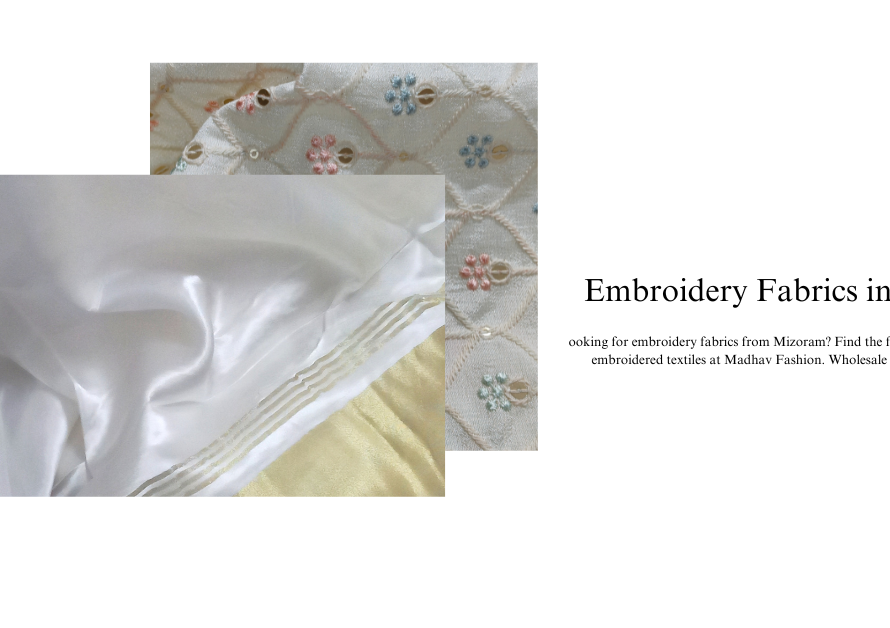Understanding the difference between viscose and polyester fabrics is essential for anyone involved in fashion, textiles, or simply looking to make informed purchasing decisions.
Both fabrics have their unique characteristics and uses, but identifying whether a fabric is viscose-based or polyester-based can sometimes be challenging, especially without the help of labels or experts.
How to Identify Viscose-Based or Polyester-Based Fabrics
We provides some simple methods to distinguish between these two types of fabrics.
1. Feel and Texture
One of the easiest ways to identify a fabric is by feeling its texture:
- Viscose: Viscose fabric is typically soft, smooth, and has a silk-like feel. It is often breathable and comfortable to wear, making it suitable for warmer climates. The texture is usually more natural and has a slight sheen.
- Polyester: Polyester, on the other hand, tends to feel more synthetic and can be slightly rougher compared to viscose. It often has a more plastic-like texture and might not be as breathable. Polyester fabrics are known for their durability and resistance to wrinkles, but they may feel less luxurious compared to viscose.
2. Drape and Flow
The way fabric drapes or flows can also give clues:
- Viscose: Viscose drapes beautifully and falls gracefully, which is why it’s often used in flowing garments like dresses and blouses. It has a natural fluidity that polyester often lacks.
- Polyester: Polyester fabrics are generally stiffer and may not drape as naturally as viscose. They often hold their shape more rigidly, which can be ideal for structured garments but not for those requiring a soft flow.
3. Appearance and Shine
Visual inspection can also help differentiate:
- Viscose: Viscose has a natural, subtle sheen that resembles silk. It reflects light gently, giving it a more luxurious appearance.
- Polyester: Polyester tends to have a more artificial and higher sheen, which can sometimes look plastic-like. It’s often shinier than viscose, especially in lower-quality polyester fabrics.
4. Burn Test
A burn test can provide a definitive answer, but it should be done with caution:
- Viscose: When burned, viscose fabric burns quickly, smells like burning paper, and leaves behind fine ash. The flame might also flicker as it burns.
- Polyester: Polyester melts and shrinks away from the flame. It gives off a sweet, chemical odor and leaves behind a hard, black residue. The fabric will likely form a hard bead rather than ash.
5. Moisture Absorption
The way fabric interacts with moisture is another indicator:
- Viscose: Viscose is known for its high absorbency. It quickly absorbs moisture, making it feel cool and comfortable against the skin.
- Polyester: Polyester is less absorbent and tends to repel water, which can make it feel less comfortable in hot and humid conditions. The fabric may feel slightly damp or sticky when wet.
6. Label and Composition
Finally, always check the fabric label if available:
- Viscose: The label might read “100% Viscose,” “Rayon,” or “Modal.” These are all viscose-based fabrics.
- Polyester: The label will likely say “100% Polyester” or a blend such as “Polyester/Cotton” or “Polyester/Viscose.”
Identifying whether a fabric is viscose-based or polyester-based can be straightforward if you know what to look for. By paying attention to the texture, drape, appearance, and moisture behavior, and by performing a simple burn test (if safe to do so), you can often determine the fabric’s composition with ease.
Understanding these differences will help you make better choices in your fabric selections, whether you’re a fashion designer, a seamstress, or simply someone who loves quality clothing.
Madhav Fashion: Leading Supplier of Plain RFD Fabrics
Madhav Fashion stands as the biggest supplier of plain Ready For Dyeing (RFD) fabrics in Asia, Europe, and Africa. Known for their exceptional quality and vast range of fabrics, they provide both viscose-based and polyester-based options that are perfect for various textile applications. Madhav Fashion’s commitment to excellence ensures that their RFD fabrics are not only versatile and durable but also ideal for customization, catering to the needs of designers and manufacturers worldwide.
___________________________________________
1. How can I identify viscose-based fabric through touch and feel?
Identifying viscose-based fabric through touch and feel is one of the simplest methods. Viscose is known for its soft, smooth texture, often compared to silk. When you touch viscose fabric, it feels cool and smooth against the skin, providing a luxurious sensation. Unlike synthetic fibers, viscose has a natural softness that is immediately noticeable. The fabric is breathable, which adds to its comfort, especially in warm weather.
This breathability makes viscose an excellent choice for summer clothing like dresses, blouses, and lightweight scarves. Viscose fabric is also slightly absorbent, which can be felt when you press it between your fingers. Unlike polyester, which can feel stiff or plastic-like, viscose drapes elegantly and falls naturally with a fluid movement. This characteristic drape is a key indicator of viscose, as it tends to flow with the body’s contours, making it a popular choice for garments that require a soft, flowing appearance. When assessing fabric, trust your fingers to feel the smoothness, softness, and subtle sheen that are hallmarks of viscose.
2. What visual differences can help identify viscose and polyester fabrics?
Visually identifying viscose and polyester fabrics requires paying close attention to their appearance. Viscose typically has a natural, subtle sheen that resembles silk. This sheen is soft and understated, giving the fabric a luxurious and elegant look. The shine is not overpowering, making viscose ideal for garments where a refined, sophisticated appearance is desired. On the other hand, polyester often has a higher, more synthetic-looking shine.
This sheen can sometimes appear overly glossy or plastic-like, especially in lower-quality polyester fabrics. Additionally, viscose fabric tends to have a more natural appearance, with a gentle luster that catches the light in a soft, appealing way. In contrast, polyester’s shine is more reflective and less nuanced, which can give it a somewhat artificial appearance. When inspecting a fabric, look for the type of sheen it has: if it’s soft and silky, it’s likely viscose; if it’s bright and shiny, it might be polyester. These visual cues can be quite helpful in distinguishing between the two fabrics, especially when shopping for clothing or textiles.
3. How does the drape of viscose differ from that of polyester?
The drape of a fabric is a key factor in determining its suitability for certain types of clothing. Viscose is renowned for its excellent drape, which is soft, fluid, and elegant. When you hold viscose fabric, you’ll notice that it falls gracefully and moves with a natural flow. This makes it perfect for garments like dresses, blouses, and skirts, where a smooth, flowing silhouette is desired.
Viscose’s ability to drape well is due to its semi-synthetic nature, combining the best properties of natural fibers with some of the advantages of synthetic ones. In contrast, polyester typically has a stiffer drape. While some polyester fabrics can be lightweight, they generally lack the fluidity of viscose. Polyester tends to hold its shape more rigidly, which can be beneficial for structured garments like blazers or pants but less so for clothing that requires a soft, flowing appearance. When choosing fabric for a project, consider how you want the fabric to move and fall. If you’re looking for something that will drape beautifully and move with the body, viscose is likely the better choice.
4. What burn test results indicate viscose or polyester fabric?
A burn test is a reliable method for distinguishing between viscose and polyester fabrics, though it should be conducted with caution. When performing a burn test, take a small piece of the fabric and carefully bring it near a flame. If the fabric is viscose, it will burn quickly with a bright flame, similar to burning paper. Viscose emits a smell reminiscent of burning wood or paper and leaves behind a fine, gray ash.
The fabric might also flicker slightly as it burns, which is characteristic of its cellulose-based composition. In contrast, polyester behaves quite differently under a flame. Polyester, being a synthetic polymer, will melt and shrink away from the flame rather than burn. It emits a sweet, chemical odor when heated and forms a hard, black bead of residue as it cools. This bead is a melted plastic, a clear indication that the fabric is synthetic. The difference in smell, behavior in the flame, and the type of residue left behind are telltale signs of whether the fabric is viscose or polyester. Always exercise safety precautions when conducting a burn test, and only use a small sample of the fabric.
5. Why is moisture absorption important in identifying viscose and polyester?
Moisture absorption is a crucial characteristic that differentiates viscose from polyester. Viscose is highly absorbent, which means it can quickly soak up moisture, making it comfortable to wear in warm and humid climates. When you touch viscose fabric, it may feel cool and slightly damp, especially in high humidity. This absorbency is a result of viscose’s cellulose-based structure, which allows it to wick moisture away from the skin. This property makes viscose an excellent choice for summer clothing, activewear, and any garment where comfort and breathability are essential.
On the other hand, polyester is much less absorbent. Polyester tends to repel moisture, which can make it feel slightly sticky or uncomfortable in hot weather. This lack of absorbency means that sweat or water remains on the surface of the fabric, rather than being absorbed and evaporated. While this makes polyester a good choice for quick-drying garments or outerwear, it may not be as comfortable in conditions where breathability and moisture management are important. By testing how a fabric handles moisture, you can gain valuable insights into whether it is likely viscose or polyester.
6. How can I use labels to identify whether a fabric is viscose or polyester?
Fabric labels are a straightforward way to identify whether a fabric is viscose-based or polyester-based. Most clothing and textile products come with a label that provides important information about the fabric’s composition. If a fabric is viscose-based, the label will typically state “100% Viscose,” “Rayon,” or sometimes “Modal.” These terms all refer to types of viscose, which is a semi-synthetic fiber made from cellulose. Viscose labels might also indicate blends, such as “Viscose/Cotton” or “Viscose/Linen,” where viscose is combined with other natural fibers to enhance the fabric’s properties.
On the other hand, polyester fabrics will be labeled as “100% Polyester” or “Polyester Blend.” Polyester blends often include other fibers like cotton or viscose to balance the characteristics of polyester, such as adding softness or improving breathability. Reading the label carefully will give you a clear indication of the fabric’s primary material. If you are shopping for a specific type of fabric, always check the label to ensure you are getting the material you want. Labels are your best guide when the fabric’s appearance or texture isn’t enough to determine its composition.
7. What role does sustainability play in choosing between viscose and polyester?
Sustainability is an increasingly important consideration when choosing between viscose and polyester fabrics. Viscose is derived from cellulose, often from wood pulp, and is considered a semi-synthetic fiber. While the production of viscose does involve chemical processes, it is generally more sustainable than fully synthetic fibers like polyester, particularly when the wood pulp comes from sustainably managed forests. Some types of viscose, such as Tencel or Modal, are produced using more environmentally friendly processes, further enhancing their sustainability. Polyester, on the other hand, is a synthetic fiber made from petroleum-based products.
The production of polyester involves significant energy consumption and the use of non-renewable resources. Additionally, polyester is not biodegradable, meaning it can contribute to long-term environmental pollution, especially in the form of microplastics. However, recycled polyester, made from post-consumer plastic bottles, is gaining popularity as a more sustainable option. When choosing between viscose and polyester, consider the environmental impact of each. Viscose may be the better choice if sustainability is a priority, particularly if you opt for eco-friendly variants. Polyester might still be chosen for its durability and specific performance needs, but recycled options should be considered.
8. What are the advantages and disadvantages of viscose compared to polyester?
Viscose and polyester each have their advantages and disadvantages, depending on the intended use of the fabric. Viscose is prized for its soft, luxurious feel, making it ideal for garments that require a smooth, flowing drape. It’s breathable and comfortable, especially in warm weather, and has a natural sheen that adds to its appeal. However, viscose can be less durable than polyester, especially when wet, and may require more careful handling and maintenance. It’s also more prone to wrinkling, which might require regular ironing.
On the other hand, polyester is known for its durability and resistance to wrinkles, shrinking, and stretching. It’s easy to care for, making it a popular choice for everyday wear and garments that need to withstand frequent washing. However, polyester can feel less comfortable due to its lower breathability and moisture-wicking properties, which might lead to discomfort in hot climates. It also has a synthetic sheen that some may find less appealing. The choice between viscose and polyester depends on the desired qualities in the fabric—viscose for comfort and elegance, and polyester for durability and easy care.
9. Why is the drape of fabric important in garment selection?
The drape of fabric plays a critical role in garment selection as it affects how the garment will fall and move on the body. A fabric’s drape refers to its ability to hang smoothly and conform to the body’s contours. Fabrics
like viscose, which have a soft and fluid drape, are ideal for clothing that needs to move gracefully and flatter the figure. Dresses, blouses, and skirts made from viscose often have a flowing, elegant appearance that enhances the wearer’s silhouette. The drape of viscose makes it a popular choice for fashion that emphasizes movement and comfort.
Polyester, depending on its construction, can have a varied drape. Some polyester fabrics are designed to be stiff, providing structure to garments like jackets and pants. Others may have a lighter drape but typically lack the fluidity of viscose. When selecting fabric for a specific garment, consider the desired effect: a flowing, soft look is best achieved with fabrics like viscose, while structured, tailored garments may benefit from the rigidity of polyester. Understanding drape helps in choosing the right fabric for the intended design and style of the garment.
10. How does the environmental impact of viscose and polyester compare?
The environmental impact of viscose and polyester is a key factor to consider when selecting fabrics. Viscose is made from cellulose, often derived from wood pulp. The production process involves chemical treatments, which can be harmful if not managed properly.
However, viscose is biodegradable, which reduces its long-term environmental footprint compared to synthetic fibers. Sustainable production methods, such as those used in making Tencel or Modal, further enhance the environmental benefits of viscose by minimizing chemical use and sourcing wood from sustainably managed forests. In contrast, polyester is made from petrochemicals, a non-renewable resource, and its production is energy-intensive.
Polyester is not biodegradable and can contribute to environmental pollution, particularly in the form of microplastics that shed during washing. However, recycled polyester, which is made from post-consumer plastic waste, offers a more sustainable alternative by reducing reliance on new petrochemicals and mitigating plastic waste. While viscose may be more environmentally friendly in its biodegradability, polyester’s durability and the availability of recycled options provide a different approach to sustainability. Both fabrics have their environmental pros and cons, and the choice between them depends on specific sustainability goals.






